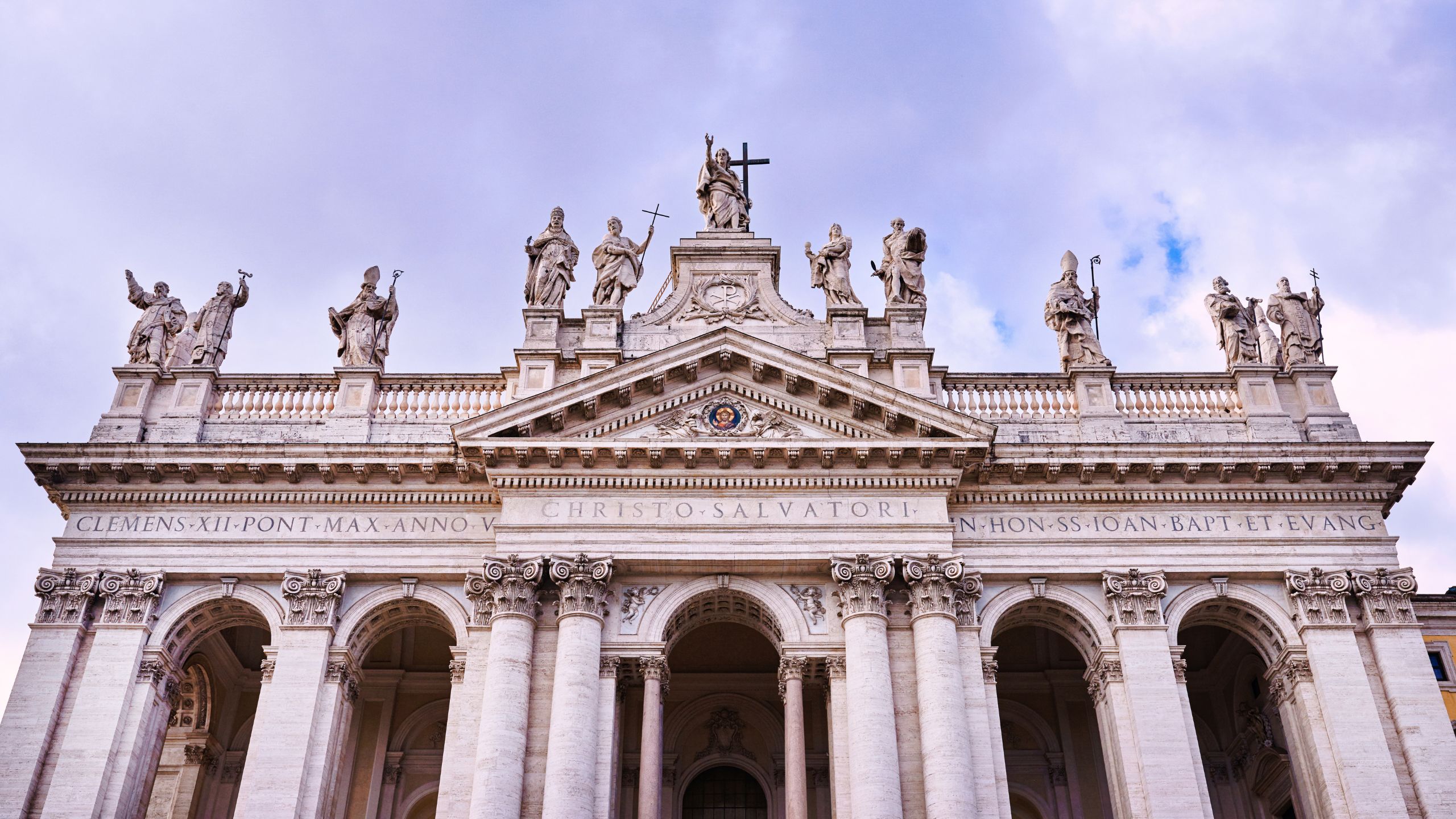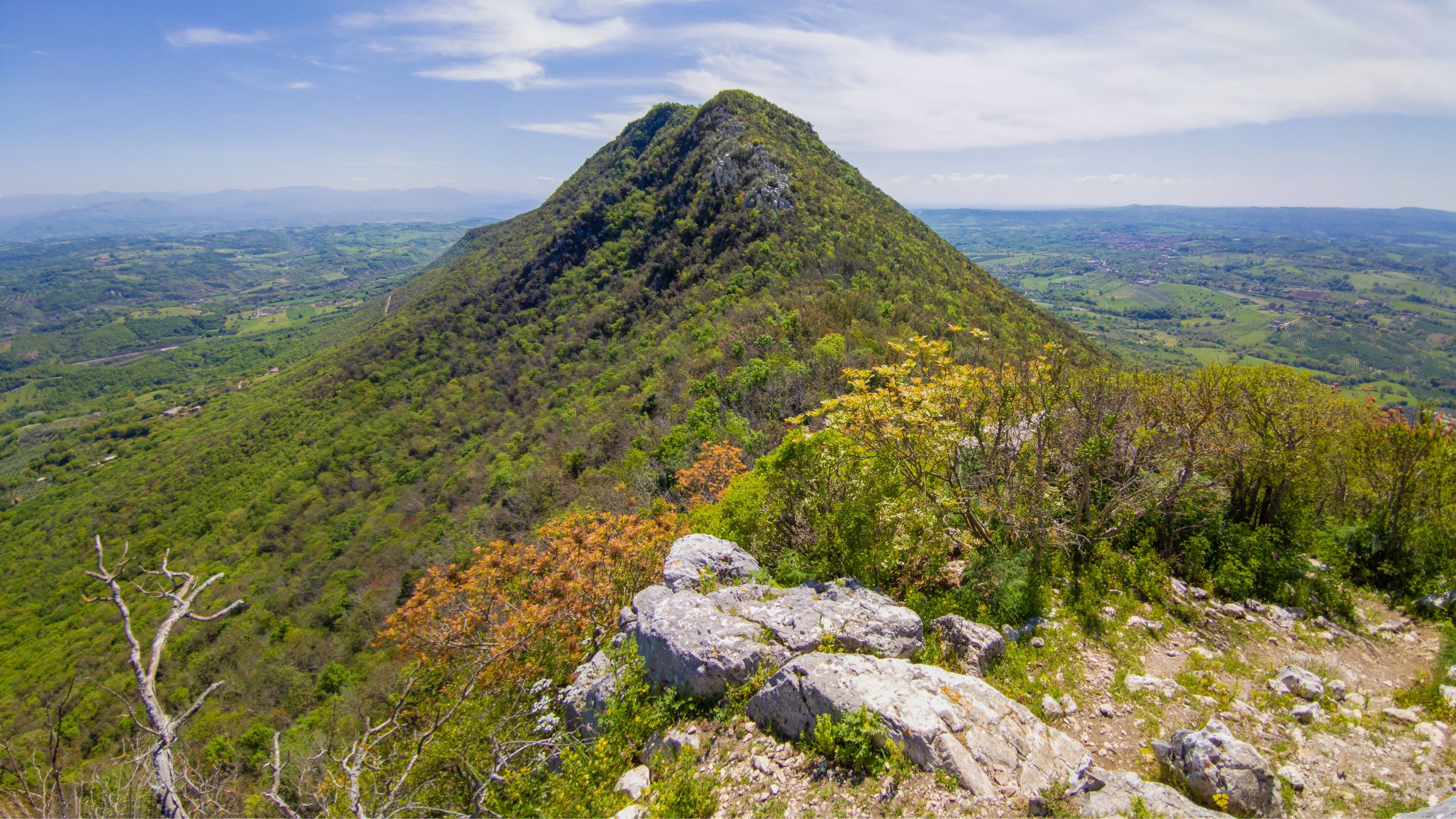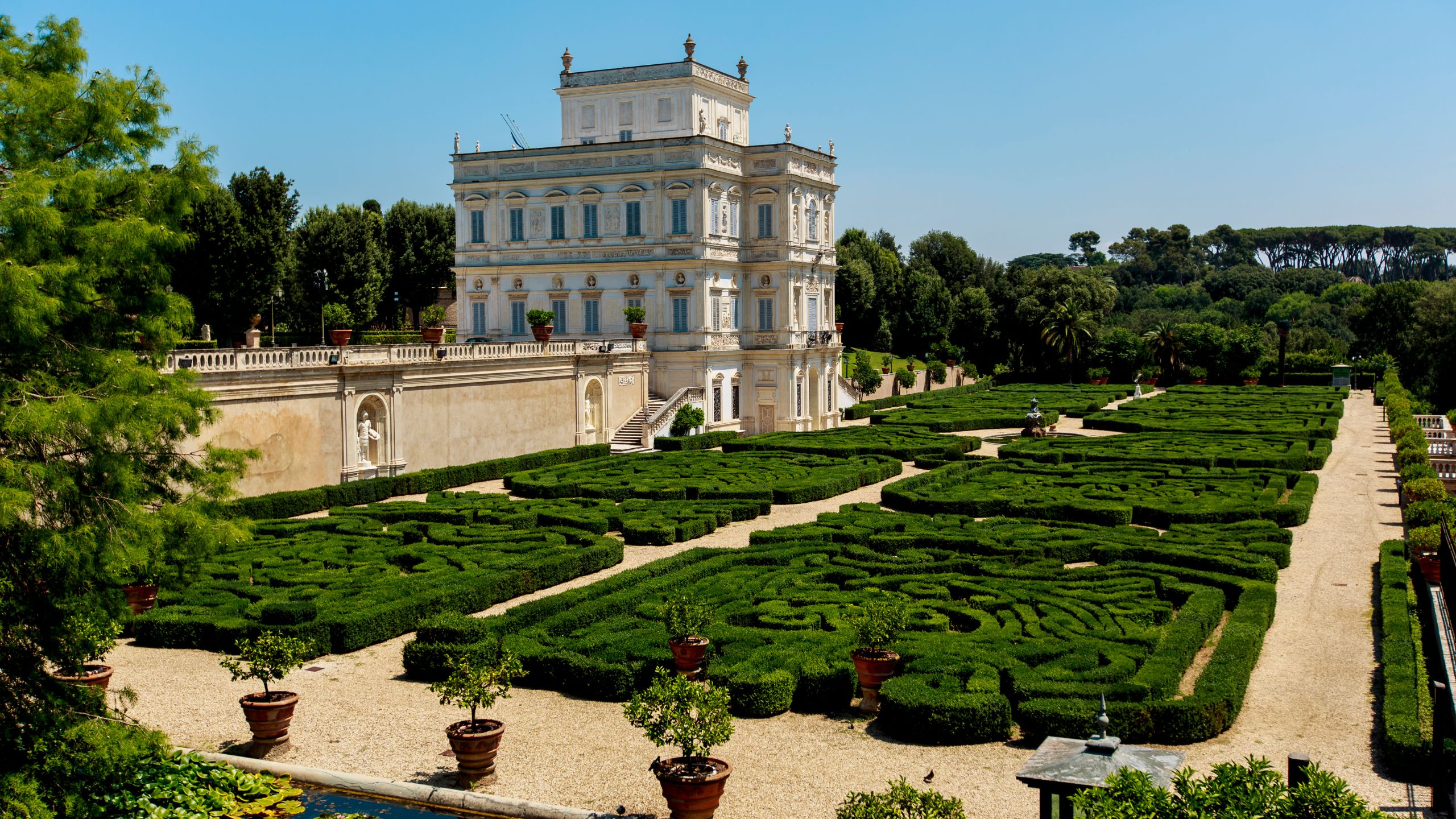A walk like the ancient Roman citizens, along Via Appia Antica
Via Appia Antica is one of the most fascinating consular streets you can walk along. There are several ancient monuments telling the story of Rome along it, showing you the beauty of the Roman countryside, too.
If you walk along the "regina viarum" you make a journey in the past.
Via Appia Antica by feet
The walk along Via Appia Antica as the Romans did two thousand years ago starts from Porta San Sebastiano, anciently part of the Aurelian walls.
The Regina Viarum has been defined the most important consular street of the ancient Rome, and it starts a few steps before, at Porta Capena.
The walk is the one you usually do along the first 3 miles, marked by the famous milestones. In the part inside the city, cars can drive along it, instead the section where Cecilia Metella's Mausoleum is situated can be accessed only by foot or by bike.
The origins of Via Appia Antica
Via Appia Antica was built in the 4th century BC, to connect Rome and Capua, and it took its name by the magistrate who ordered its creation, censor Appio Claudio.
The feature still astonishing about this street is its incredibly modern style, made of sidewalks, milestones and a few connections. For this reason, people walking along it couldn't be wrong along their way. To build this street, they also had to recover some areas of the swamplands. It is said they used to travel by boat, along the way after Terracina.
Via Appia Antica was about 195 km long, it means 130 Roman miles, and it took about 6 days by cart, at the time.
In the later centuries, it was extended towards Benevento, and a new section was added to connect it with Puglia, named Appia Traiana, by the emperor who ordered its built. The Roman Domus you can see along the way still astonishe nowadays, because of the great condition they still have; an example is Villa dei Quintili, situated a little bit before Capannelle. There were also some funeral monuments, supporters and votive aedicules.
From the first to the third mile along Via Appia Antica
Our walk starts crossing Porta San Sebastiano, the best preserved one, along the Aurelian walls, dating back to the 3rd century AD.
The first mile is characterized by the ancient Clivo di Marte, a pagan sanctuary where you can admire the remains of some tombs dating back to the first and second century A.D. Then you reach the Marrana della Caffarella, where the river Banks of the ancient Tiber tributary where situated: the Almone.
Here there is the wonderful Parco Regionale dell'Appia Antica, which runs along the road for its first 11 miles. In this area,there are also the Remains of the Roman aqueduct, such as the Alessandrino aqueduct you can still see nowadays admiring their incredible system. You then cross Via Ardeatina, where you can see some catacombs around you, where the Christian people found protection during the persecutions.
The same junction is famous because of the little church of Quo Vadis, called Santa Maria in Palmis. according to the apocryphal Gospels, St. Peter's, escaping from Rome, met a man and ask it him "Quo vadis, domine?" - where are you going, Sir? -; he replied "Eo Romam, iterum crucifigi", that means "I'm going to Rome, to be crucified again." The apostle understood that man was Jesus and came back to accept the martyrdom and death. Near the church, there is one of the few milestones found: they were used to show the way to the walkers.
A Roman mile corresponded to about 1 km and 482 meters. Each column was marked by a progressive Roman number, in order walkers could find their way.
Near the Villa dei Casali, on the right, you can see the second milestone, and immediately after the entrance of the most important and biggest catacombs of the ancient Rome: Saint Callisto catacombs, made of about 12 km of tunnels. The first popes were buried there, and also some martyrs. A few hundred metres after the junction with Via delle Sette Chiese , there is the ancient minor basilica of San Sebastiano, dating back to the 4th century, with the car forms with the same name, where the market was buried. Tradition says in the church there are Christ footprints on a stone along Via di Damasco, dating back the moment Christ appeared to Paolo di Tarso.
A little further, there is the section where a lot of remains are situated. The first important monument is the residence of Emperor Maxentius. In the background, there is the circus, where about 10000 spectators could stay, surrounded by two towers. It has a long shape, showing the way the horse races took place there. Behind the circus, there are the remains of a majestic imperial palace. This area is situated in the countryside, so you can admire the typical structure of the consular streets, made of big sheets, where you can still see the signs of the cars having passed along there by the years. At the end of an upscent, you can see the sepulcher of Cecilia Metella, represented by a tower with a marble decoration. It is a very big construction still in good conditions: it is a decorated cylinder, and it was finally connected to the Caetani castle in the 11th century. In front of it, there is a rare example of Gothic Cistercian art, in San Nicola church, without roof.
Nearby the race III milestone, and after about 100 of me, you get in front of the Remains of the tower of Capo di Bove, characterized by wonderful floors decorated by mother and other sepulchers. This area is a big countryside where several types of tombs, decorated by marble inscriptions, are situated. At the fifth mile, you will find one of the most fascinating archaeological site of the whole Appia Antica: Villa dei Quintili, the palace emperor Commodo took after having killed the owners - two brothers -, moved into an enormous structure full of rooms, thermal baths, bath, luxury and greatness.
Do you want to stay in Rome?
For this location we recommend Hotel Oxford, the ideal starting point to discover Rome!



